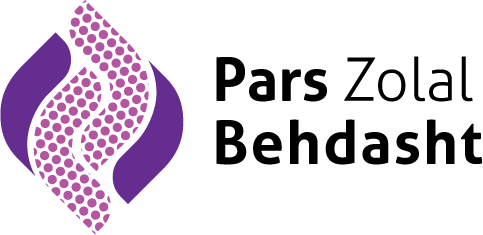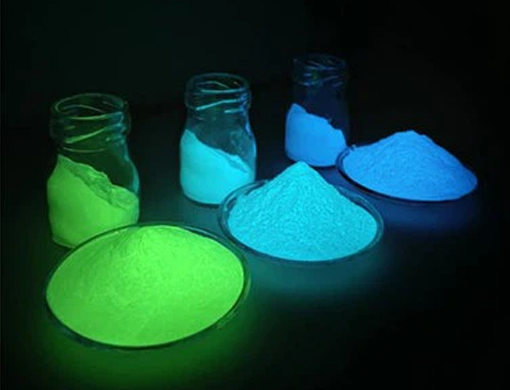Optical Brightening Agents (OBAs), also known as Fluorescent Brightening Agents (FBAs), are chemical compounds that provide a whitening effect to fabrics. They work by absorbing light in the ultraviolet and violet region and re-emitting it in the blue region.
This blue light reduces the yellowish appearance of materials, giving them a brighter look. Unlike traditional bleaching, OBAs do not leave a yellow tint but rather create a significantly whiter-than-white appearance.
This unique feature makes OBAs highly sought after in industries such as textiles, plastics, paper, and cosmetics.
Types of Optical Brightening Agents
Based on the number of sulfonic groups, OBAs can be classified into three main types:
-
Disulfonated OBAs
These OBAs contain two sulfonic groups. Due to their chemical structure, they are hydrophobic and have very low solubility. Typically, they are used in wet-end applications.
-
Tetrasulfonated OBAs
As the name suggests, these OBAs have four sulfonic groups. They possess moderate affinity and good solubility, making them ideal for use in both wet-end and dry-end processes. These are commonly used in paper and cardboard.
-
Hexasulfonated OBAs
Hexasulfonated OBAs contain six sulfonic groups and exhibit excellent solubility. They are primarily used in dry-end coatings and are especially suited for applications requiring high brightness levels.
Global Market for Optical Brightening Agents
Common Applications of OBAs:
- Laundry Detergent Whitening (as a substitute for blueing agents):
Added to detergents to provide a whitening effect. - Paper Brightening (internal or coating use):
Used to produce brighter and whiter paper. - Fiber Whitening in Plastics (internal, added to polymer melts):
Improves the appearance of plastic materials. - Textile Whitening:
Maintains and enhances the brightness of garments (external, added to fabric finishes). - Color-correcting or brightening additive in advanced cosmetic formulations:
Found in shampoos, conditioners, eye makeup, and other beauty products.
Key Industries Using OBAs:
- Detergent Industry:
The largest demand for OBAs comes from the detergent sector for whitening clothes. As garments lose their natural whiteness over time, OBAs are used to preserve and enhance brightness by converting low-density colors into higher-density visible brightness. - Textile Industry:
OBAs play a critical role in textiles where fabrics must be whitened before processing. Raw textiles contain impurities such as agricultural chemicals, dust from transport, or—if animal-sourced—fats and secretions. Since bleaching alone is insufficient, OBAs are required to achieve a truly bright appearance. - Paper Industry:
Everyone desires the whitest possible paper. However, raw paper pulp often contains impurities like wood or bamboo fragments that dull its brightness. OBAs help overcome these limitations and are essential in paper production. - Other Industries:
Beyond detergents, textiles, and paper, OBAs are used in plastics, paints, and cosmetics. These industries benefit from the brightening properties of OBAs to enhance the appearance of their products.

